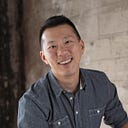Type, between two languages
My Korean language journey
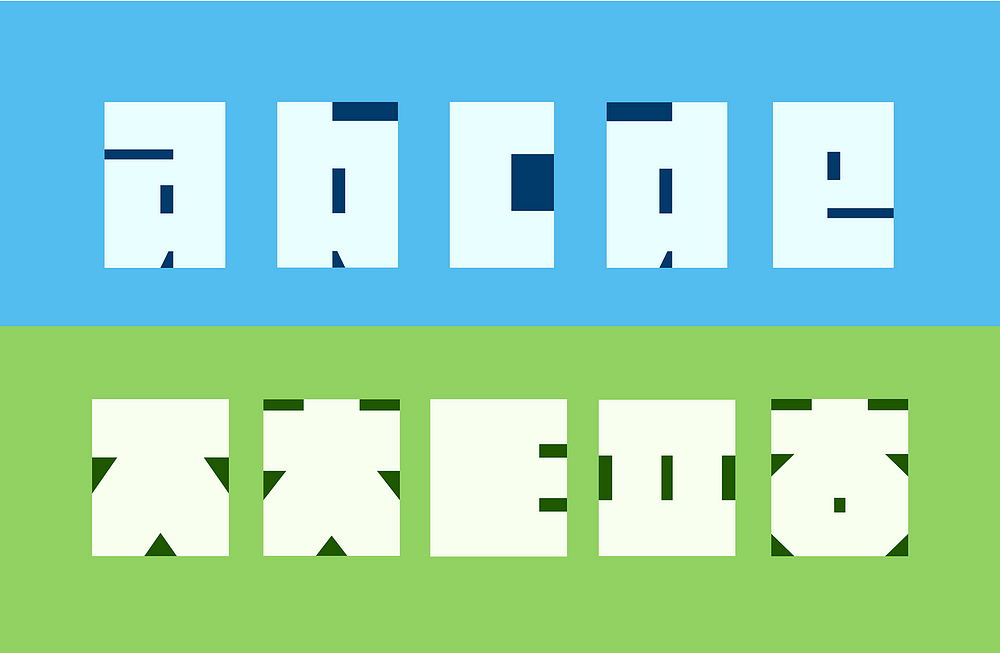
In 2023, coming out of the doldrums of the pandemic, I was rediscovering my love for type design. At the beginning of that year I dusted off an old type project, Peasy, and worked diligently to get it ready for release. I spent a lot of nights and weekends, and even though the later stages of “finishing” a font can be tedious, it was a great learning process.
Later that year, my dad, feeling lonely since my mom passed in 2022, said he might want to move to Korea to live in a Silvertown. This is the name they give to pricey senior apartments where they provide three meals a day, health and fitness facilities, various activities, and opportunities to socialize. While at first my brother and I were against it, we came around to the idea, and my dad ended up moving in November of last year. But when he first mentioned the possibility of returning to Korea, I decided I should start trying to learn Korean so I could help him if he were to move. I signed up for an online class with the SF Korean Center and got placed at the Intermediate 1 level.
As a Korean-American, I’ve often felt shame that I couldn’t speak Korean better. When we were little, my parents thought — like many other immigrant parents at the time — speaking English with us would help us succeed in this country. So the Korean I did know was from basic things I happened to pick up from my parents and five weeks of language study I did in Seoul after my freshman year of college. Starting in on learning Korean again after so many years, I quickly found myself getting drawn in — watching dramas, following Korean accounts, joining apps to chat with natives who want to improve their English, trying lots of methods to learn and improve. It has been a mix of fun and frustrating, knowing I’m improving but still feeling my language skills are poor. I know every sentence I say or write has a mistake or two in it. After a year and half of serious study, I can generally communicate what I want to say, but I’m a long way from fluent.
During this time, my time for type design has regrettably fallen away. While I’ve been curious what it would be like to design a Korean font, I haven’t looked into it seriously. But last month, a design professor I know, Yeohyun Ahn, reached out to invite me to show work in a group exhibition at the ISEA electronic art festival being held this May in Seoul. I replied with an immediate yes, but I had to think hard about what I could make for the show. I remembered an old interactive animated sketch I made, where letters of the alphabet could transition into each other by moving the negative space shapes, or “counters,” inside a rectangle container.
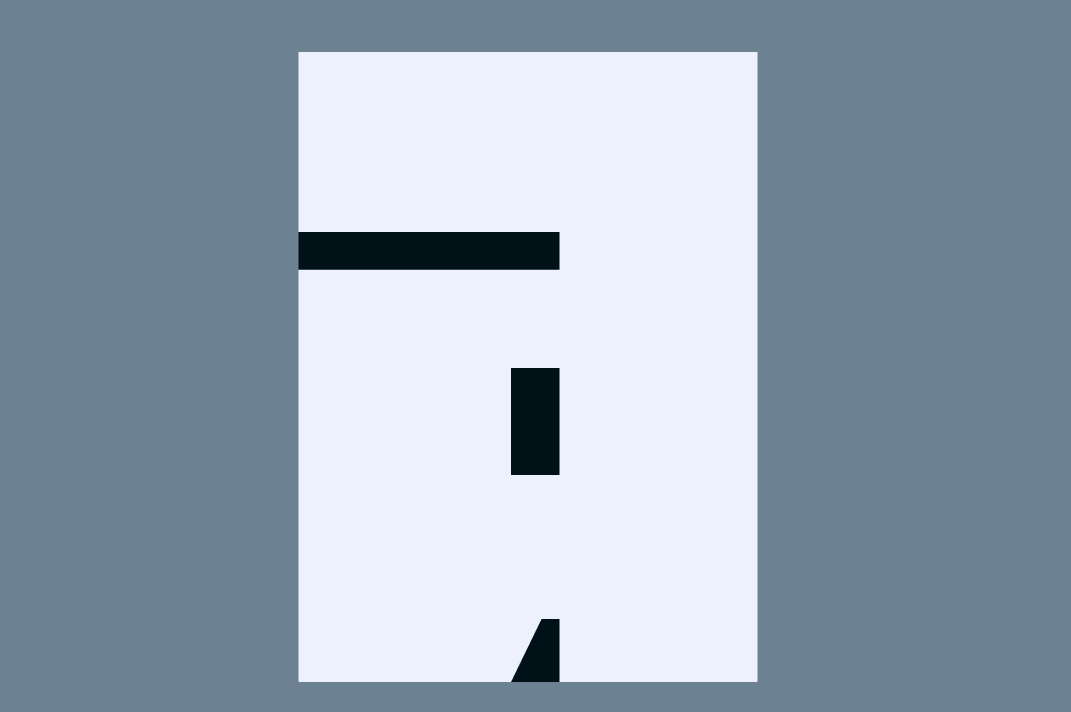
I wondered, could this work for the Korean alphabet, Hangul, too? Hangul is a phonetic writing system for the Korean language, invented by King Sejong in the 15th century to promote literacy among the Korean people. Prior to the creation of Hangul, Korean was written using thousands of Chinese characters that took years of schooling to learn, so only the noble class had the privilege of literacy.
In Hangul, consonants and vowel shapes are combined to form each syllable. In Korean typefaces, this involves a lot of inner adjustment to make each combined syllable feel balanced. Before I started looking at Korean type closely, I naively thought Korean might be easier to design than Latin. (No kerning pairs!) But it’s actually another beast altogether — like kerning in two dimensions.
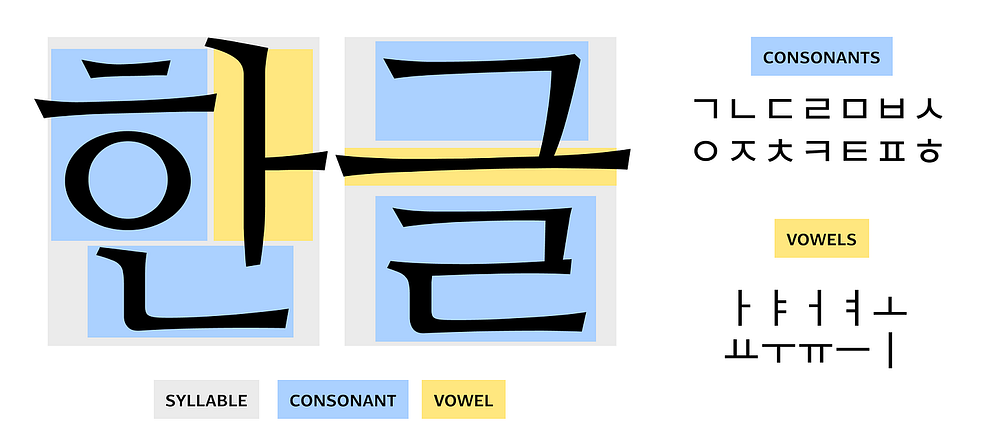
With the sketch of the animating letters in mind, I set out to draw my first ever set of Hangul characters, using the same concept from the Latin — letting the negative space define the form of each letter.
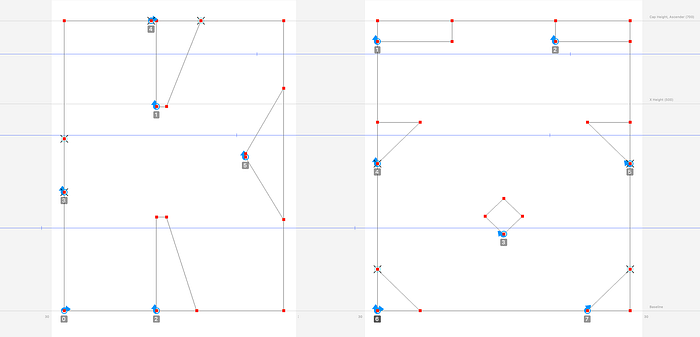
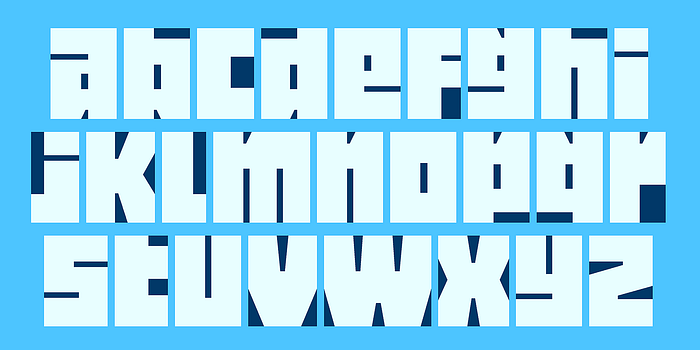
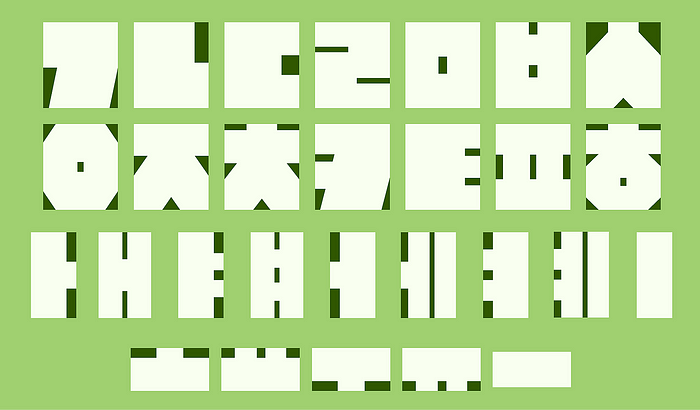
My process has been to design these characters first in Robofont, export the paths with a Python script, then import them into Processing to manipulate them with code. Then, inspired by surprising overlaps between the two languages that have stuck out to me on my language learning journey, I have been creating some animations of Korean and English words, where the words transition between each other.
Here are some of the results so far. In this first animation, the morphing words ‘삶’ and ‘life’ are a metaphor for the flow of our everyday lives.
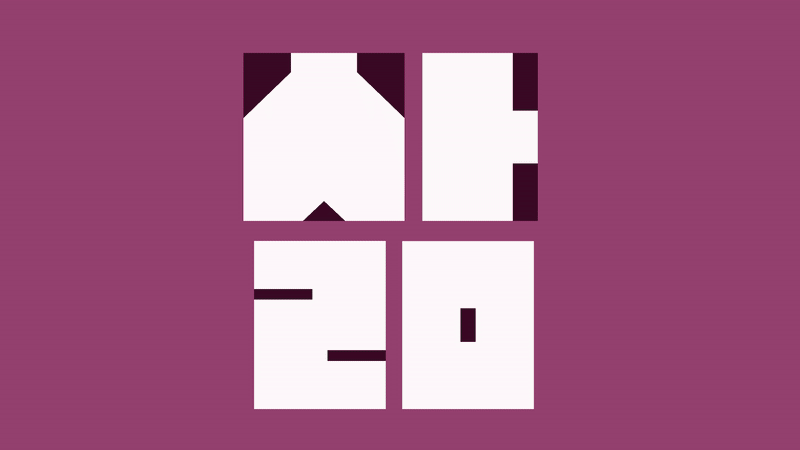
I was surprised by how the word for ‘stain,’ 얼룩, sounds like someone pointing it out (“oh, look”) in English.
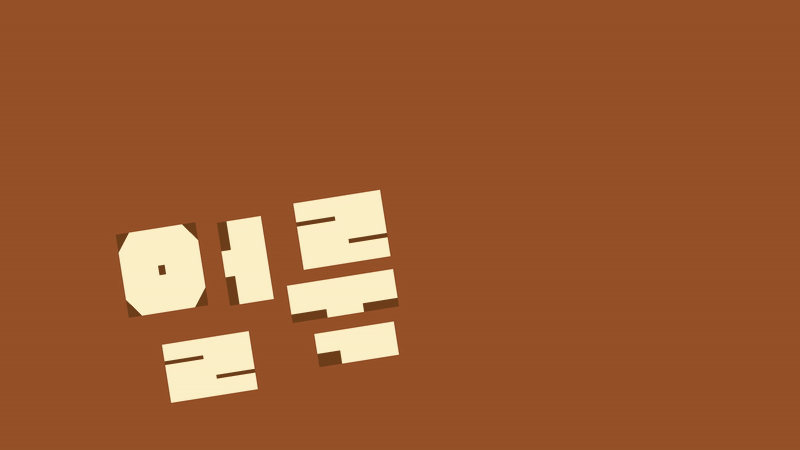
In this animation, the words for ‘push’ and ‘pull’ in both languages make for a fun play on words. 밀다 means to push and 당기다 means to pull.
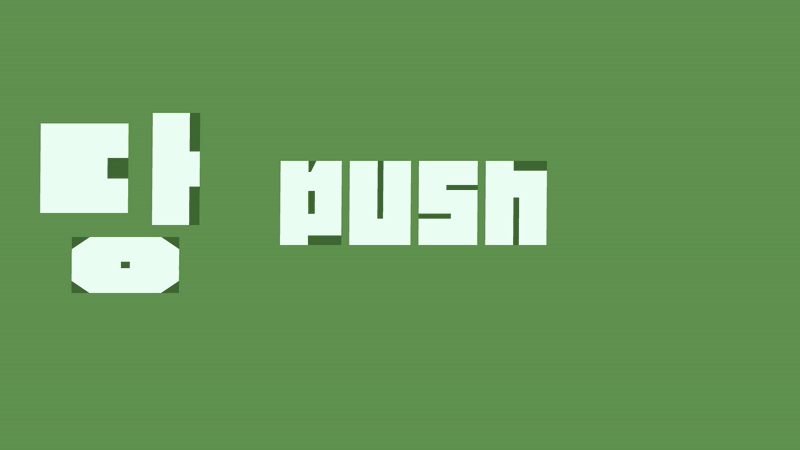
Finally, the everyday words ‘많이’ and ‘many’ sound very similar and mean almost the same thing.
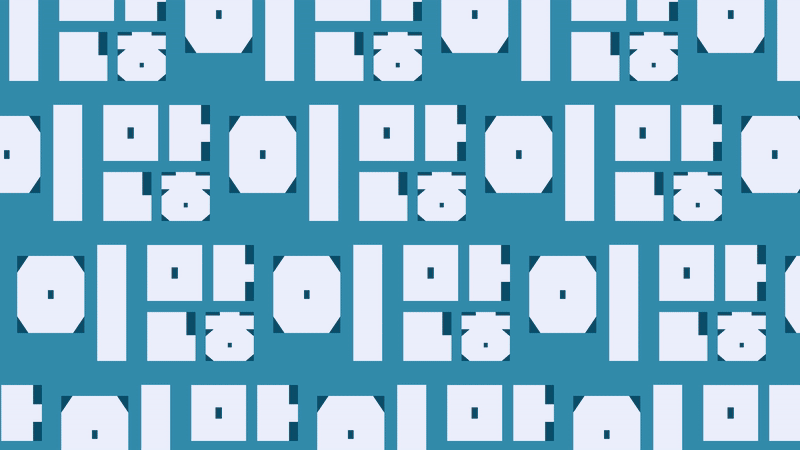
The concept for this project is to explore unexpected connections between the two languages using custom letterforms that can transition from one writing system to the other. Working across and between these two languages has been a process of discovery.
I hope to make something that could only come from my unique vantage point as a type designer, creative coder, and Korean heritage language learner. It’s been a surprising twist, being able to combine my interest in type design and learning Korean in this new way.
🇰🇷 If you happen to be in Korea in 2025, my work will be shown (at high res and frame rate!) at Seoul Arts Center at the end of May and GMAP in Gwangju in July–August.
📸 I’ll be sharing more on the project installation on Instagram: follow me at @pcho and @typotopo.

